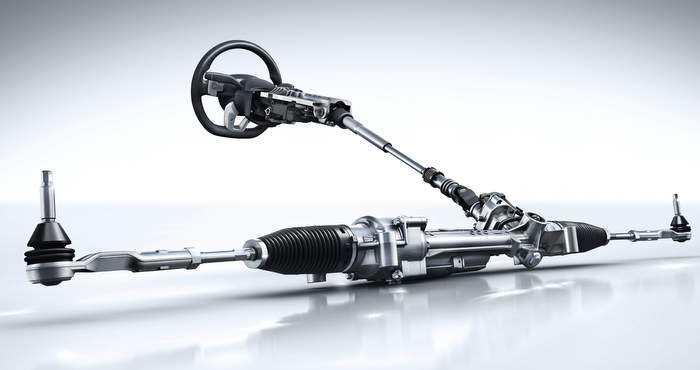In the ever-evolving landscape of electric vehicles (EVs), technological advancements continue to redefine the driving experience. One such innovation that plays a pivotal role in enhancing both efficiency and comfort is the “Electric Car Power Steering.” This article explores the intricacies of electric car power steering systems, their benefits, and the latest innovations shaping the future of electric vehicle technology.
Understanding Electric Car Power Steering Systems
Electric car power steering is a critical component that has undergone significant transformations in recent years. Unlike traditional hydraulic power steering, electric power steering relies on an electric motor to assist drivers in steering their vehicles. This shift has led to various advantages, including increased fuel efficiency and reduced maintenance requirements.
How Electric Car Power Steering Works
Electric car power steering operates through sensors and control modules that continuously monitor the driver’s input and vehicle speed. The electric motor provides assistance based on these inputs, ensuring a responsive and adaptable steering experience. This not only optimizes fuel efficiency but also contributes to a more environmentally friendly driving experience.
Advantages of Electric Car Power Steering
1. Energy Efficiency
One of the primary advantages of electric car power steering is its energy efficiency. Traditional hydraulic systems consume power continuously, even when the vehicle is stationary. In contrast, electric power steering only activates when needed, resulting in reduced energy consumption and improved overall efficiency.
2. Maintenance Benefits
Electric power steering systems are inherently simpler than their hydraulic counterparts. With fewer moving parts, the likelihood of malfunctions is significantly reduced, leading to lower maintenance costs for electric vehicle owners. This factor contributes to the growing appeal of electric cars in the automotive market.
3. Enhanced Driving Experience
Electric car power steering offers a customizable driving experience. Manufacturers can fine-tune the steering feel, allowing drivers to enjoy a smoother and more responsive ride. This adaptability caters to a wide range of preferences, making electric vehicles accessible and enjoyable for drivers of all backgrounds.
Read too: To Buy Electric or Hybrid Car? Uncover the Pros and Cons to Make an Informed Decision
The Future of Electric Car Power Steering
As technology continues to advance, so does the potential for innovation in electric car power steering systems. Manufacturers are actively exploring ways to integrate artificial intelligence and machine learning to further enhance the adaptability and responsiveness of these systems. This continuous evolution aligns with the broader goal of creating sustainable and user-friendly electric vehicles.
Electric Car Power Steering Innovations
In recent years, the automotive industry has witnessed remarkable innovations in electric car power steering. From advanced torque sensors to real-time data analysis, these innovations aim to refine the driving experience and maximize the efficiency of electric vehicles.
Electric Car Power Steering: A Technological Marvel
Electric car power steering stands as a technological marvel that not only improves driving dynamics but also contributes to the overall sustainability of electric vehicles. As manufacturers continue to invest in research and development, we can anticipate even more groundbreaking innovations in the realm of electric car power steering.
Conclusion
The integration of electric car power steering systems represents a significant leap forward in the quest for sustainable and efficient transportation. The benefits, ranging from energy efficiency to maintenance advantages, make these systems a crucial element in the success of electric vehicles. As technology progresses, electric car power steering is poised to play an increasingly influential role in shaping the future of the automotive industry.
